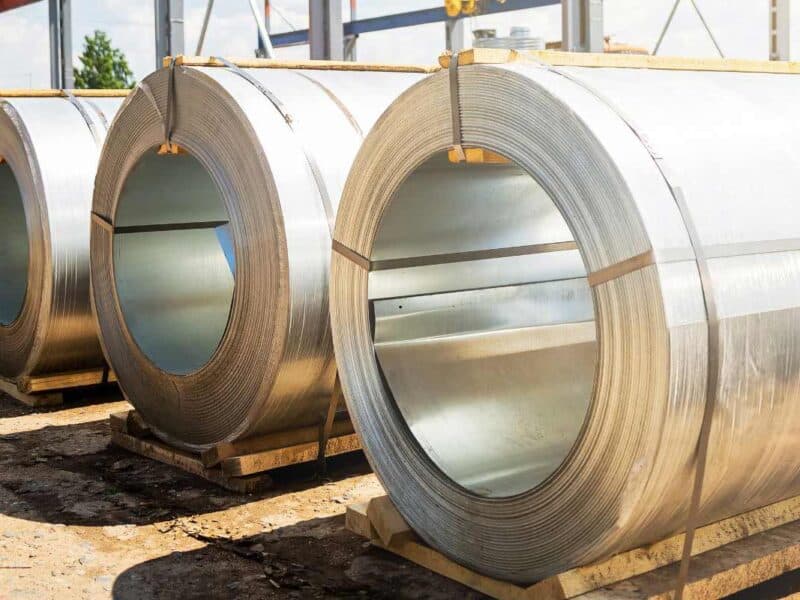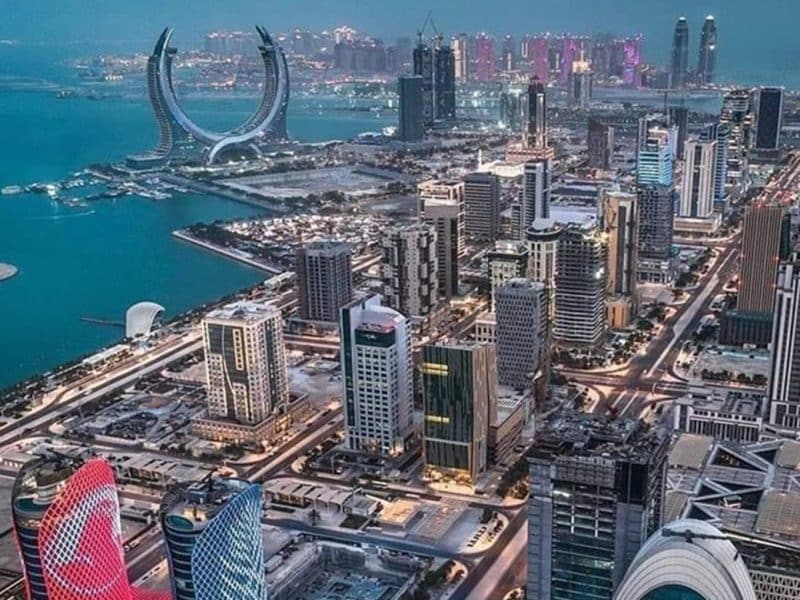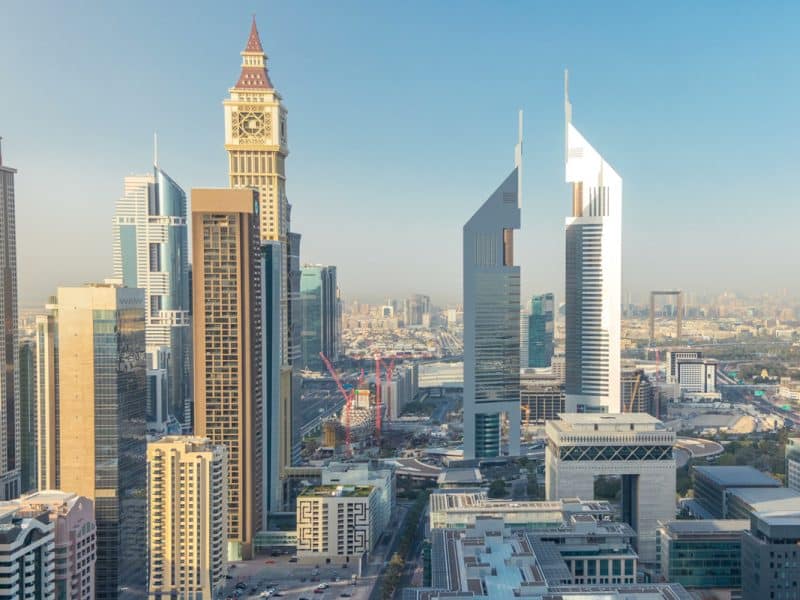An abandoned settlement consisting of tumbled walls, shuttered ruins and narrow winding streets, long ago left to the elements provides the best example of the architecture of the “pre-oil” UAE.
Jazirat al Hamra is known as the “ghost town” of Ras al Khaimah – but while a visit does not necessarily guarantee the appearance of a phantom or two, the remnants of past urban design cast their own eerie spell.
Mosques, houses with wooden doors off their hinges, star windows, wind towers and courtyards – some surprisingly overgrown with plant life – all can be reached on foot through the dusty thoroughfares.
And architectural experts say these abandoned structures can assist current regional design, as the traditional passive techniques of yesteryear can be bought up to date.
Mark Powell Kyffin is an expert on the heritage architecture of the UAE. He said: “We can learn a lot about the past and vernacular construction technologies from the remains of these historic structures.
“Whilst the architecture, fabric and building techniques are potentially more legible, monumental and artistic in a state of flux, it is our moral duty to preserve and promote this heritage for future generations to connect with their ancestry and to enable them to extend their legacy.
“The conservation process should be managed and recorded to identify the significance and value of these buildings. This documentation process and policy making will then provide others with the directives to maintain these structures in the future.”
The settlement originally came about because of the importance of the pearl diving industry and the original coastal village dates back 700 years. The earliest inhabitants were known as the Hadhr – which translates loosely as “Coastal Bedouins”.
The last people to live in Jazirat al Hamra were the Zaab tribe – who still are the technical owners of the abandoned buildings.
The most recent inhabitants left in 1968, but the town’s decline had started decades earlier as the global market for pearls declined following the global economic depression which followed the Wall Street crash of 1929.
Disputes between local families accelerated the exodus, as did the government’s offer of better living conditions and more jobs in others parts of the emirate.
The ruined walls of homes in the deserted town shows how coral and sea shells were incorporated into the stone and mud to strengthen the structures. The walls of the oldest buildings have large pieces of coral, while the newer ones are built from bricks of crushed coral. The roofs – those which remain – can be seen as being constructed using the trunks of palm trees.
Powell said the remains are a reminder of the diversity which exists across the UAE when it comes to building design.
He said: “The topography of the region provides each emirate with a unique cultural canvas upon which we can witness the integration of correspondingly unique contextual architectural responses. In relatively short distances within the emirates we can experience dramatic changes in landscape, climate and materials which generate differing vernacular architectures.
“The architecture must respond to conditions such as an arid desert climate, coastal humidity or an arduous mountainous environment. Each clearly provides its differing challenges in sourcing or creating local materials with which to build. These historic buildings are extremely valuable as they clearly demonstrate the great knowledge of the land and nature that these indigenous artisans had.
“Today, these structures serve to identify an ability to create enclosures that could harness natural resources, direct the breeze, provide shaded spaces, create micro climates within courtyard spaces and have sufficient thermal mass within the building to maintain a comfortable temperature for habitation.”
Currently, a question mark hangs over the best way to preserve the buildings, with restoration work and archaeological research being undertaken in a fort on the outskirts of the old town and an annual heritage festival gathering momentum.
A horror movie – the first to be shot in the UAE – called ‘Djinn’ (demon or malevolent spirit) was even filmed in the town.
Powell said preservation of the structures and learning how the ancient techniques can be bought into modern design are the most important factors for the future of Jazirat al Hamra.
He said: “Contemporary structures sometimes struggle to meet environmental criteria even in a world of global communication, sophisticated technologies and international transportation. Yet these historic structures are able to provide us with evidence of successful contextual buildings that responded well to their climate with a limited palette of locally sourced materials.”









